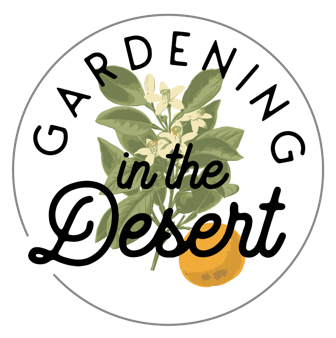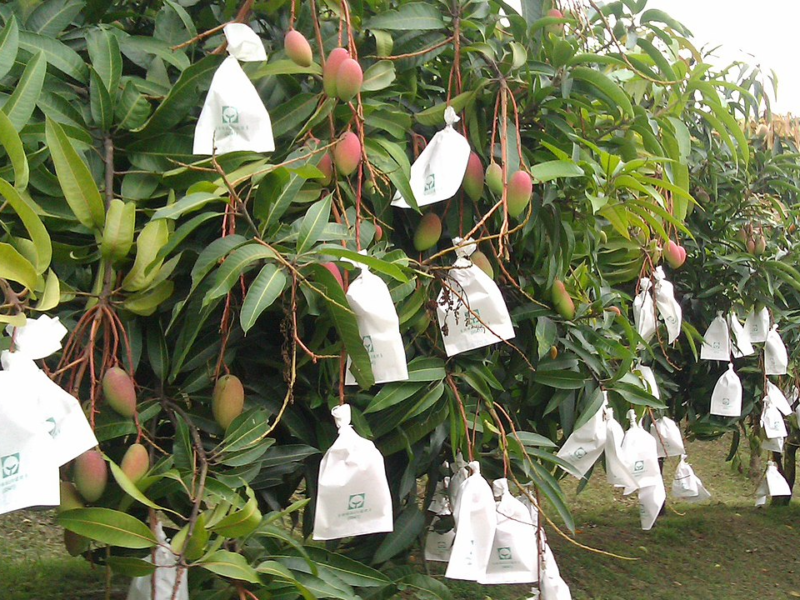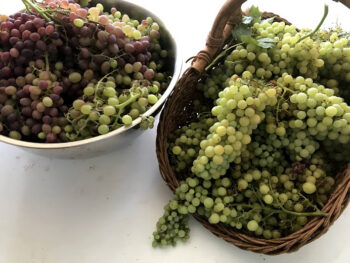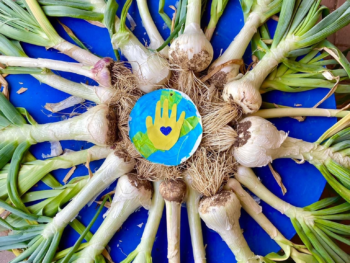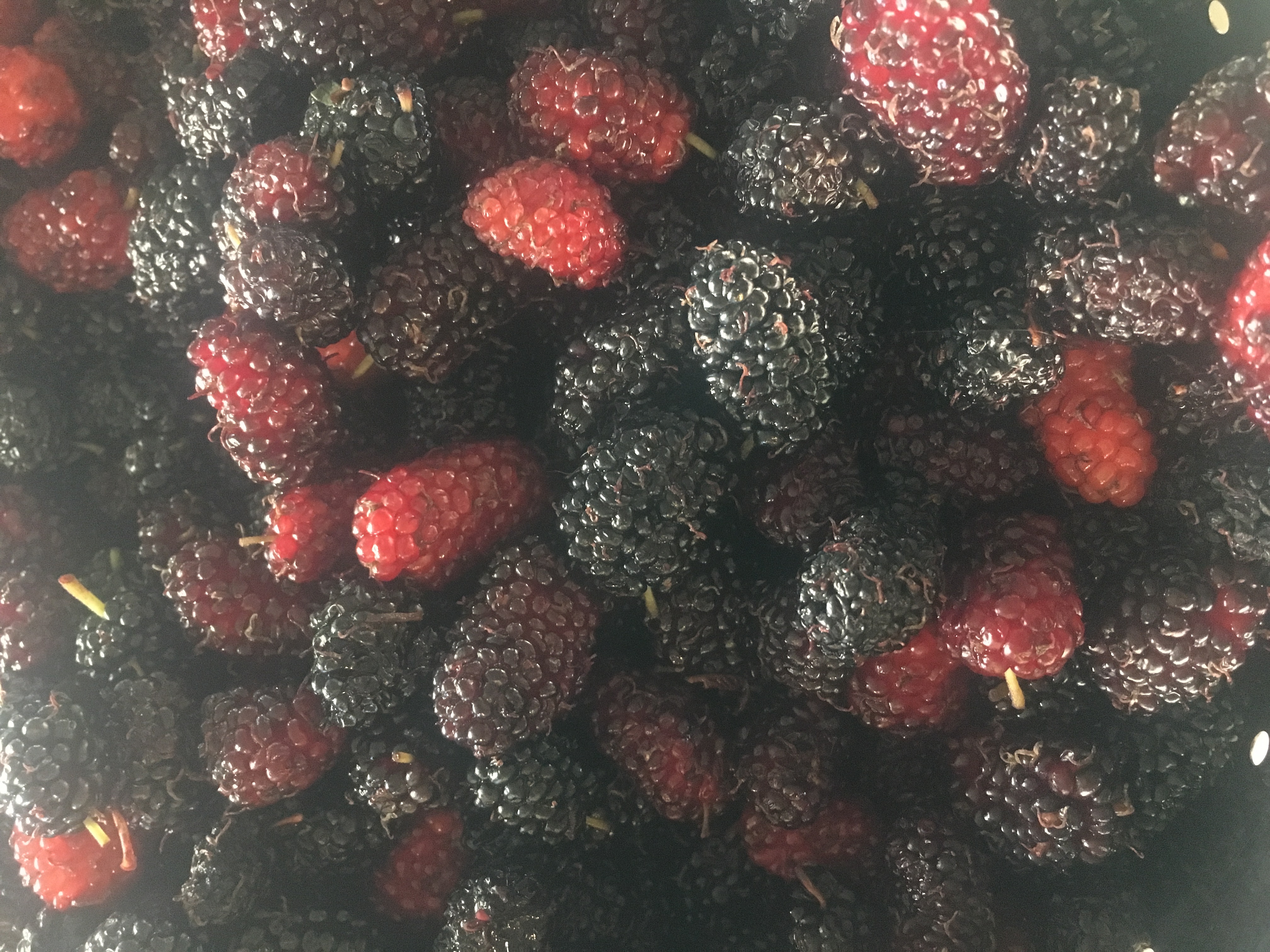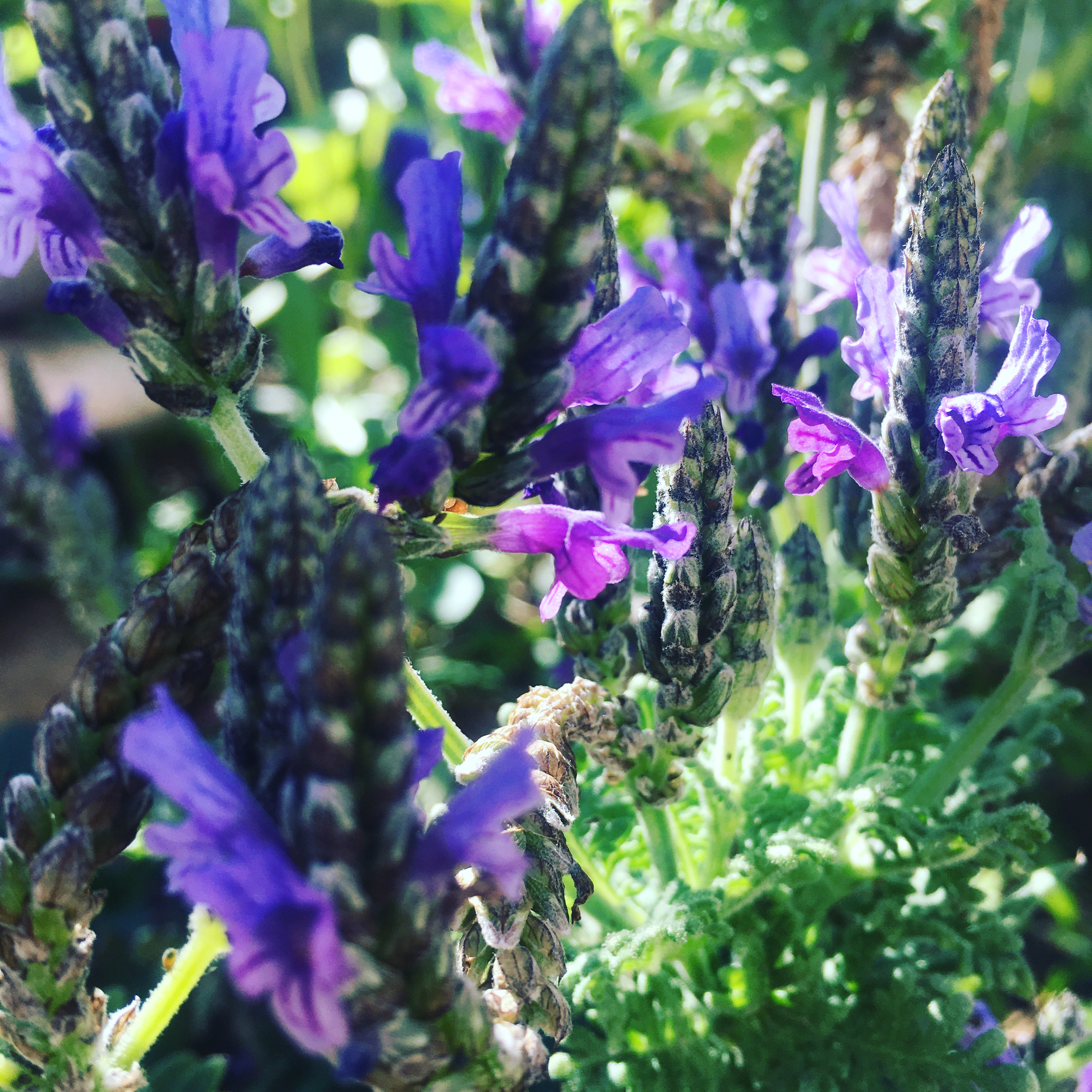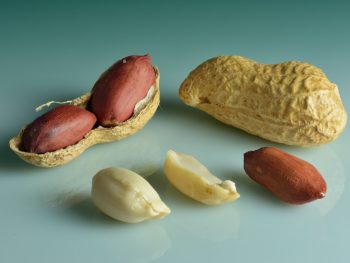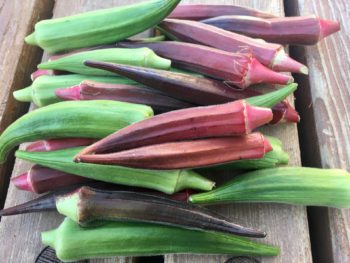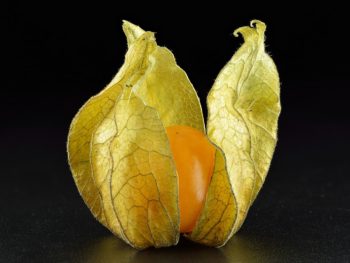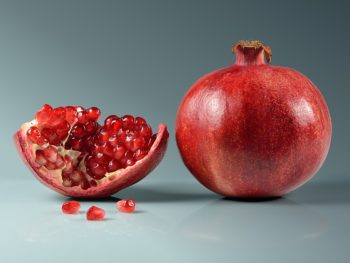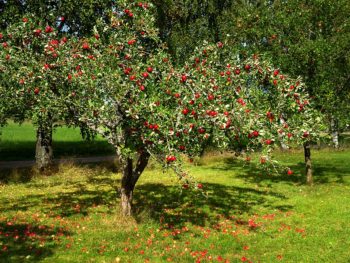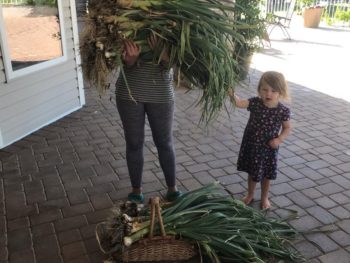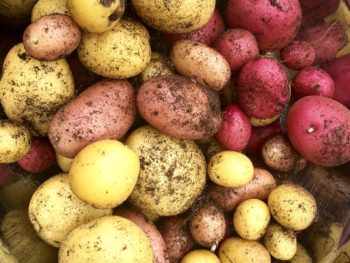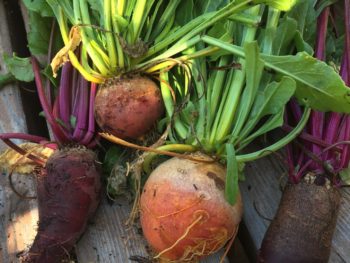LEVEL 3
FULL SUN
Dappled or afternoon shade
pH
Acidic 6
FEEDING
Specified below
PLANTING
March – September
Magiferia Indica
Mangoes grown in AZ are delicious because the summer heat really develops the sugars resulting in a sweet, flavorful mango. In addition, they are less plagued by the fungal and bacterial diseases of more humid climates. As a tropical fruit in the desert, they do require some specialized care and patience. If you are new to mangoes, be warned that you will lose one or two plants. Many immigrants like to grow varieties that grew in their native countries. There is no shortage of varieties whether it is one from India, other parts of Asia, or Pakistan. Modern mango cultivars are broadly categorized as Indian type and Southeast Asian types. There are hundreds of mango varieties and depending on the variety, mangoes differ in shape, flavor, sweetness/tartness range, color, and size.
VARIETIES
There are hundreds of mango varieties available for planting. Like with most things, some varieties do better than others. Here is a small sampling of popular varieties to try.
Alphonso: A highly desirable Indian variety of mango, in fact, it is known as the king of mangoes. This one is very sweet with deep yellow flesh and minimal fibers. It is described as having a strong “spice” flavor. They are vigorous growers as long as they get the correct care. Early season, reported to be the first to ripen.
Cogshall: Cogshall has a beautiful red blush with yellow skin underneath. It is a fibreless mango with medium sweetness and an overall crowd-pleaser. This is also an early season mango and has proved to be resistant to some bacterial infections.
Coconut Cream: This is another very sought-after variety. As the name suggests, it has a distinct coconut flavor and rich sweetness. Early to mid-season bearing.
Kesar: Another very popular Indian variety of mango. It is fiberless and very sweet with strong spice and terpenes. Medium-sized fruit has a pink blush and is a mid-season ripening variety.
Cac: This Vietnamese variety is exceptionally sweet with an acidity to balance the flavor. The fruit is beautiful with a yellow-pink blush. Vigorous growers with mid-season production.
Irwin: Irwin has earned the name Eye of The Sun in Japan and sells for approximately $50 per mango in Japan. They are also popular in Australia, South Africa, and Taiwan. Irwins have a gorgeous deep red blush, with a sweet spicy complex flavor. A variety that is early season ripening.
Nam Doc Mai: Nam doc Mai originated in Thailand. It is a medium-sized tree with early-season fruit. There is very little fiber, and it is a very sweet variety that appeals to a wide range of mango lovers.
These are just a few varieties. Check with local growers or Tropical Acres in Florida to see what other varieties are available for backyard growing. Tropical Acres will also ship boxes of mangoes within the United States so that consumers can try different varieties.
Root Stock
No Specific info.
Growing from seed results in a much large tree than if it is a variety purchased from a grower. However, it will also take much longer to fruit.
HOW TO PLANT
- If planting in the middle of summer sun protection is vital. The easiest time of year is March to May and also September.
- Before planting, consider micro-climate. There is conflicting information about whether mango can be grown in full sun or whether they need shade. We like to think about how they grow in their natural environment and how the desert conditions affect that. Mangos grow in lush areas with other tall trees. Young trees are protected from the harsh sun until they grow into sun. Mangoes love heat, but the intense sun is an issue. The best planting location will be an area that gets morning sun but afternoon shade.Young mango trees will need a 50% shade cloth for the first couple of years, once temps are above 85 degrees. New mango growth is very tender and prone to burning. Once established, if they are planted in a full sun area, 30% shade cloth is necessary. In addition, mangoes will need to be protected from cold in the winter.
- The ideal planting mix should be fast draining with lots of organic matter and some retention. Dig your hole twice as big as the pot size and backfill with a mix of :
1/3 mortar or washed horticultural sand. Basically large grain sand.
1/3 native dirt.
1/3 finished compost or cactus soil. See our tree planting guide for more information on digging the holes in advance to prepare for tree planting.
- Mango trees are prone to root rot, do not overwater, and do not water every day if planted in the ground. Check that the planting area is slightly damp rather than wet before watering again.
- pH is essential for growing mango trees successfully. Use soil sulfur to keep the pH down. Use a pH meter to check on pH and assess when more sulfur needs to be added. This will likely be at least every couple of months.
- For the first couple of years, remove the fruit. It takes a lot of energy for fruit production, so the tree will remain small. Removing the fruit will help the tree grow much larger before it to fruits.
- Mangoes can be grown in a really large pot, at least 65 gallons. Follow all the same criteria above to grow successfully and plant lower-growing varieties with a spreading habit. It will be easier to shade them.
- If planting in a pot, take care that the actual root ball is receiving water.
- New mango wood/limbs are not barked over and are very susceptible to sunburn. Paint the trunk and emerging branches with IV Organics 3-1 Paint Guard to avoid damage and sunburn. Use code DESERT10 for 10% off your purchase.
- In addition mango fruit are also easily sunburnt. Tuck fruit under leaves to protect or use shade cloth or bag fruit to protect from harsh sun. As mentioned above the best conditions would be morning sun and afternoon shade or use shade cloth.
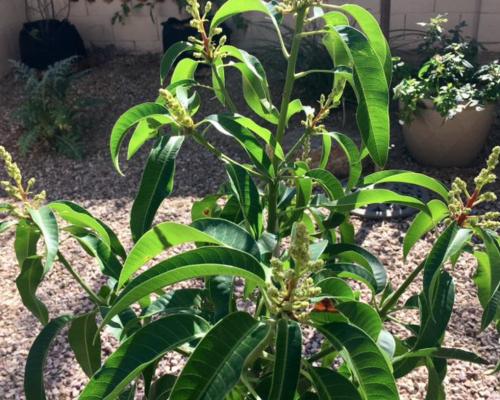
FEEDING AND FERTILIZING
Use liquid seaweed , fish emulsion, and humic acid only on new trees. If soils are deficient in nitrogen, use Earth’s Original Organics Magic Flower. Mangoes will not do well with excessive nitrogen so be cautious when fertilizing. However, keep in mind that Arizona soils have no organic matter and therefore adding nutrients is necessary.
Mangoes will need magnesium and sulfur for healthy growth and fruiting. They can become deficient in iron and manganese quickly. Use chelated forms of both. Fish emulsion is perfect with the addition of Sul-Po-Mag.
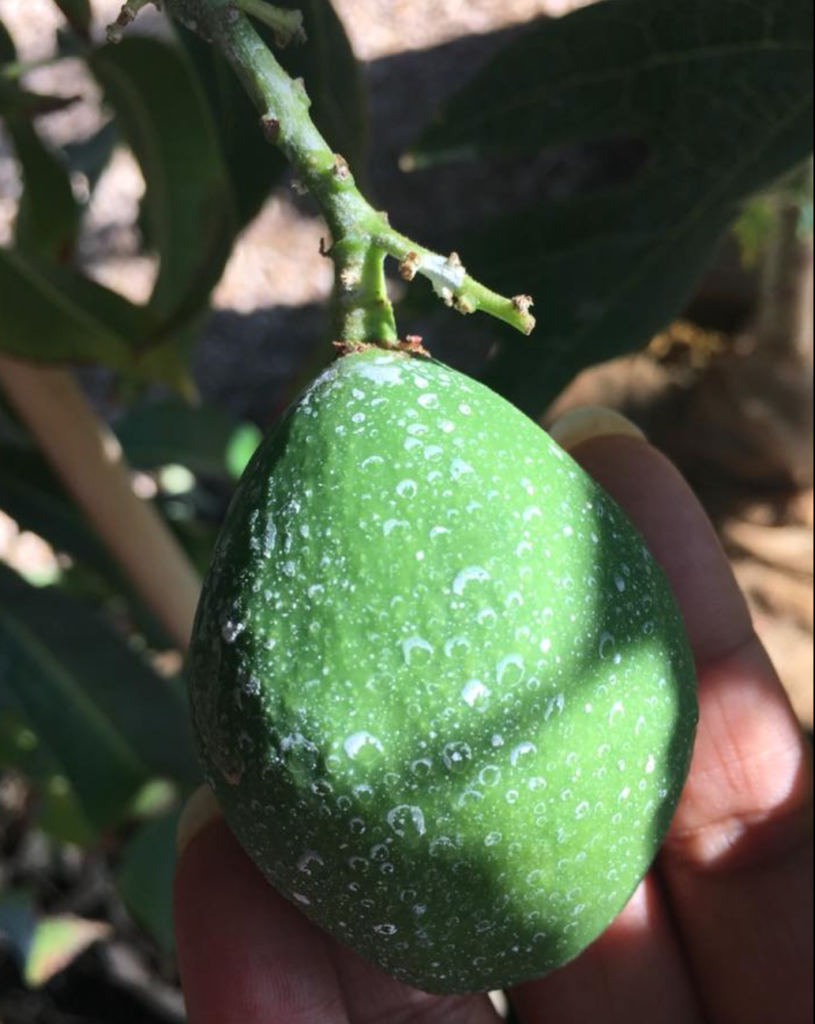
WINTER/SUMMER CARE
Newly planted mangoes will require 30-50% shade cloth during the summer months to prevent sunburn and heat stress. Protect at least the first two years. Once established mangoes can take temperatures up in the low triple digits, but are susceptible to burning above 110 degrees, especially new growth.
Winter cold temperatures can harm mango trees. Protective frames will need to be constructed to keep frost and cold away. Painter’s plastic is an inexpensive way to construct a protective microclimate.
POSSIBLE ISSUES
Anthracnose
Please note anthracnose is not able to grow on mangoes in Arizona due to the dry climate. In the past, this was a huge debate for Arizona gardeners that caused a huge rift in the gardening community. Additionally, mango trees are treated with a systemic fungicide and foliar fungicide before they even come into Arizona. If you are growing in other areas, especially Florida, it can be a real problem. Airflow is important, as well as a really healthy soil biome in order to prevent infection. Anthracnose is extremely difficult to treat and a fungicide will be necessary. We do not know of an effective organic treatment for this. Attached is information on anthracnose. Plant varieties that are resistant to this disease if you live in an area where it is prevalent. Many Asian varieties tend to be more resistant to anthracnose.
Flowers Not Setting Fruit
Mango flowers are pollinated by flies. Cooler temps could cause pollen to not be viable or there are no pollinators around. It is not uncommon to see mangos flowering in early January or February. Remove flowers if the weather is still too cold. They will reflower in 6 weeks. Additionally, the tree could be too young to support fruit set.
Cold Sensitivity
Mangoes will not do well in the cold. Create protection during the colder months to keep them warm.
Fruit Not Ripening
In this case, the mango may appear ripe but has not ripened correctly on the inside. The most common reason for this is the high nitrogen content in the soil. Additionally, this can be caused by water stress, shade, and harvesting immaturely.
Iron Chlorosis
If the pH is high or there is salt build-up around the root zone, iron chlorosis becomes an issue. For iron Chlorosis issues Gro More EDDHA can be used for soils where the pH is higher than 7. Adding sulphur will also help with iron absorption as it prevents nutrients becoming locked up.
Trees Not Flowering
Mango trees require a winter dormancy period to encourage flowering. Poor flowering can also result from a previously heavy crop that has caused reduced storage of carbohydrates in the tree.
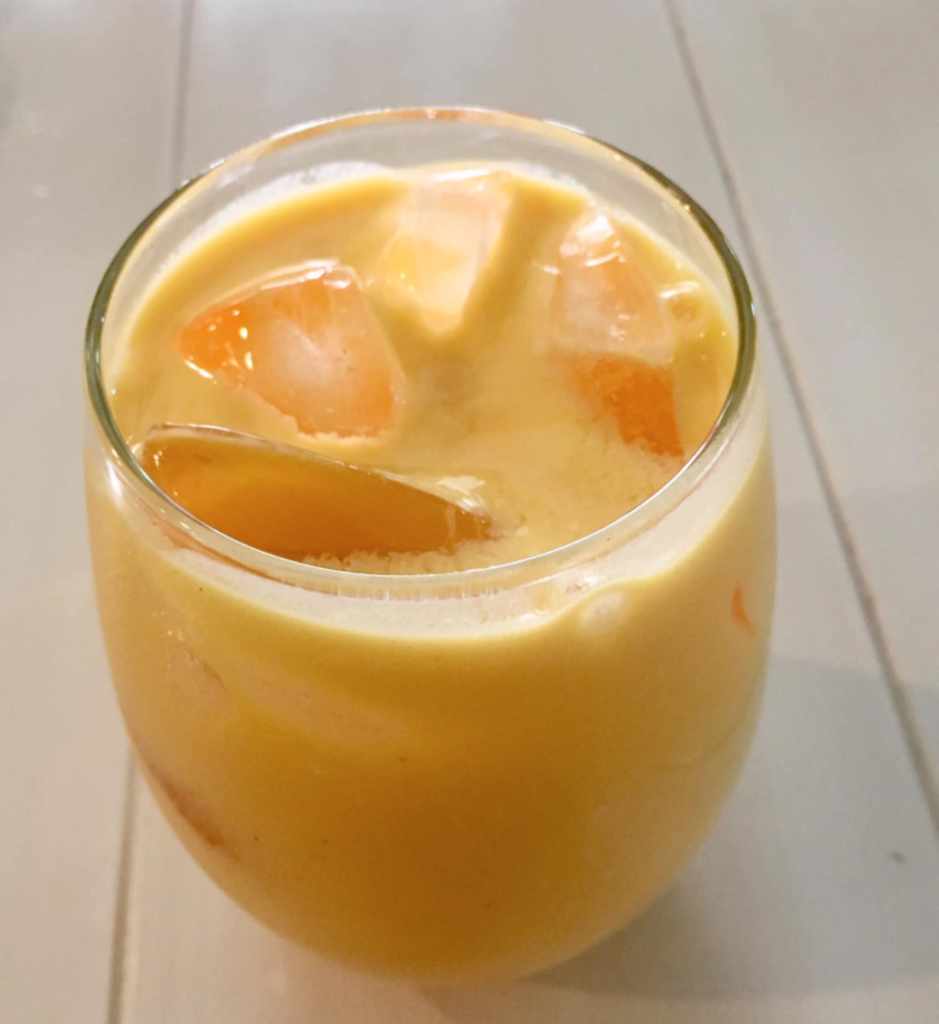
HARVESTING
It is not uncommon to harvest green mangoes for use in savory pickles and snacks in most cultures where mango trees are abundant.
Mangoes do not all mature at the same time and can be harvested over a few weeks. Pick when they are full in size and the color has changed. They do not have to be fully ripe and will continue to ripen on the kitchen counter. The stem will exude a sap, that can cause sap burn if it comes in contact with skin.
COMPANIONS
Good mango companions would be larger trees that could provide dappled shade and that require more acidic soil. Guava trees and curry leaf trees would provide good dappled shade to younger trees. Canna lilies and pepper plants would also make good companions. Turmeric and ginger are excellent companions.
Pruning Tip
To prevent your mango tree from growing tall and skinny, pruning is helpful. Start by picking a branch and observing the leaf structure. There will be several individual leafs on the top part of the branch that leads to a cluster of leaves lower down on the branch. Cut above the cluster of leaves. This causes the tree to bush out and creates potential for more fruit. Repeat with the other branches on the tree.
